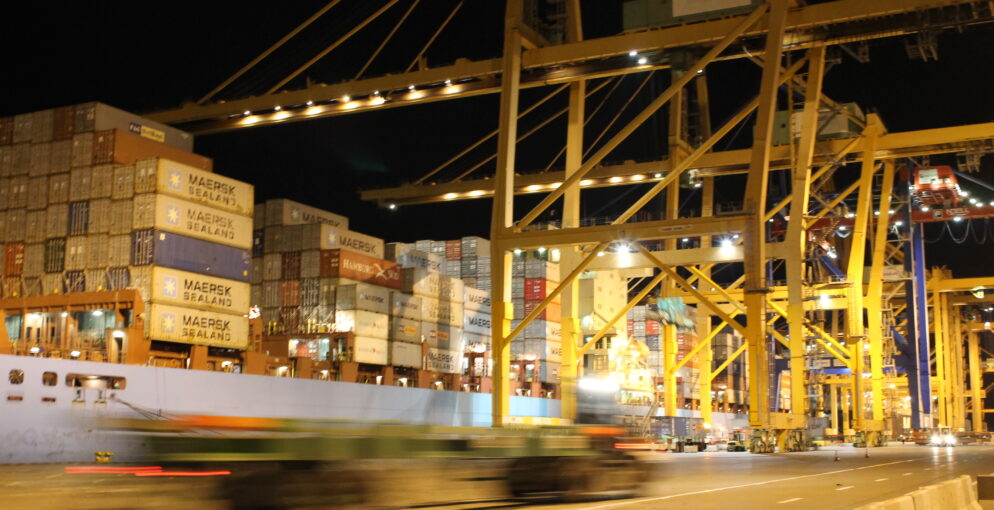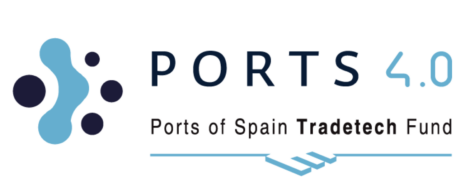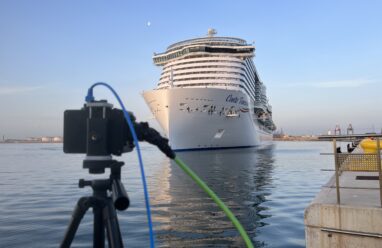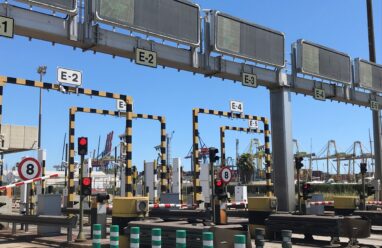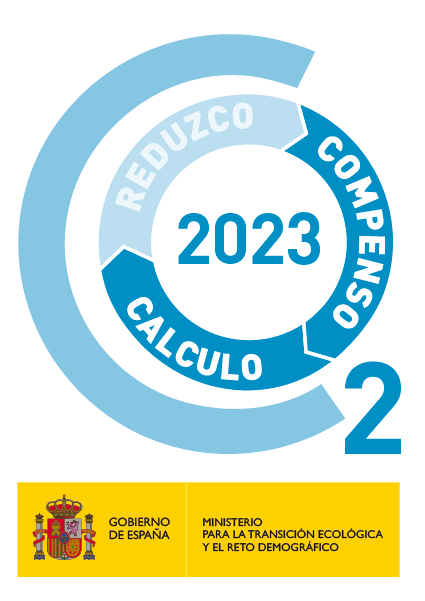The 5G-RADAR project aims to carry out two use cases, based mainly on the technological hybridization between 5G and UWB Radar technology, which will transform and digitalize intermodal maritime and land transport and mobility within the port logistics environment, creating new and innovative products, services, and processes that will make ports a more competitive environment. Specifically, the use cases to be carried out are:
- Intelligent Assistant for Real-time Berthing of Vessels
The objective of this use case is to provide maritime ports with a disruptive solution that guarantees the safety, precision, and control of the berthing of vessels in its approach to port facilities by sea; although the greatest benefits will be obtained with large vessels that require assistance in their docking process. For this purpose, the following technologies will be combined:
- 5G communications
- High-precision UWB radars connected to the 5G network and with AI-based algorithms
- Edge computing with real-time data processing
- Digital twin
The use case will be demonstrated at the port of Valencia. 5G radars will be connected to the Stand Alone (SA) Private 5G Network and deployed on the infrastructure of the Valencia port’s quay to capture the location, speed, and movement in real-time and with millimetric precision of vessels approaching the quayside. This information will be transmitted to the different agents involved in berthing, such as the control center, tugboats, cruise captain, and port’s pilots, so that they are fully coordinated through the 5G network. The digital twin of the berthing process will be used for this purpose.
- Real-time Automatic and Intelligent Control of Land and Maritime Mobility
The objective of this use case is to provide a disruptive solution that guarantees automation of control and security in the entry of land vehicles and vessels into the accesses and different areas of interest of port facilities. For this purpose, the following technologies will be combined:
- 5G communications
- High-precision UWB radars connected to the 5G network and with AI-based algorithms
- Edge computing with real-time data processing
- Digital twin
This use case will also be demonstrated at the port of Valencia. 5G radars will be connected to the available Public 5G Network and deployed on the available infrastructure at the port’s access and other points of interest. These locations will be chosen regarding the land mobility to capture the location, speed, lane, profile (type of vehicle, type of load, arrangement of non-metallic container loads), and movement in real-time and with millimetric precision of land vehicles circulating through the accesses or areas of interest regarding mobility in the port logistics environment of the port of Valencia. As for maritime mobility, the radars can be located in strategic places such as the access channels to the port, with the aim of detecting the profile (type of vessel) and controlling the flow of vessels accessing the port logistics area in real-time, thus guaranteeing the access of merchant ships only. The information captured by the 5G radars is transmitted by the 5G network to be processed in Edge Computing where a 3D model of the mobility of the Valencia port is composed on a digital twin application.


